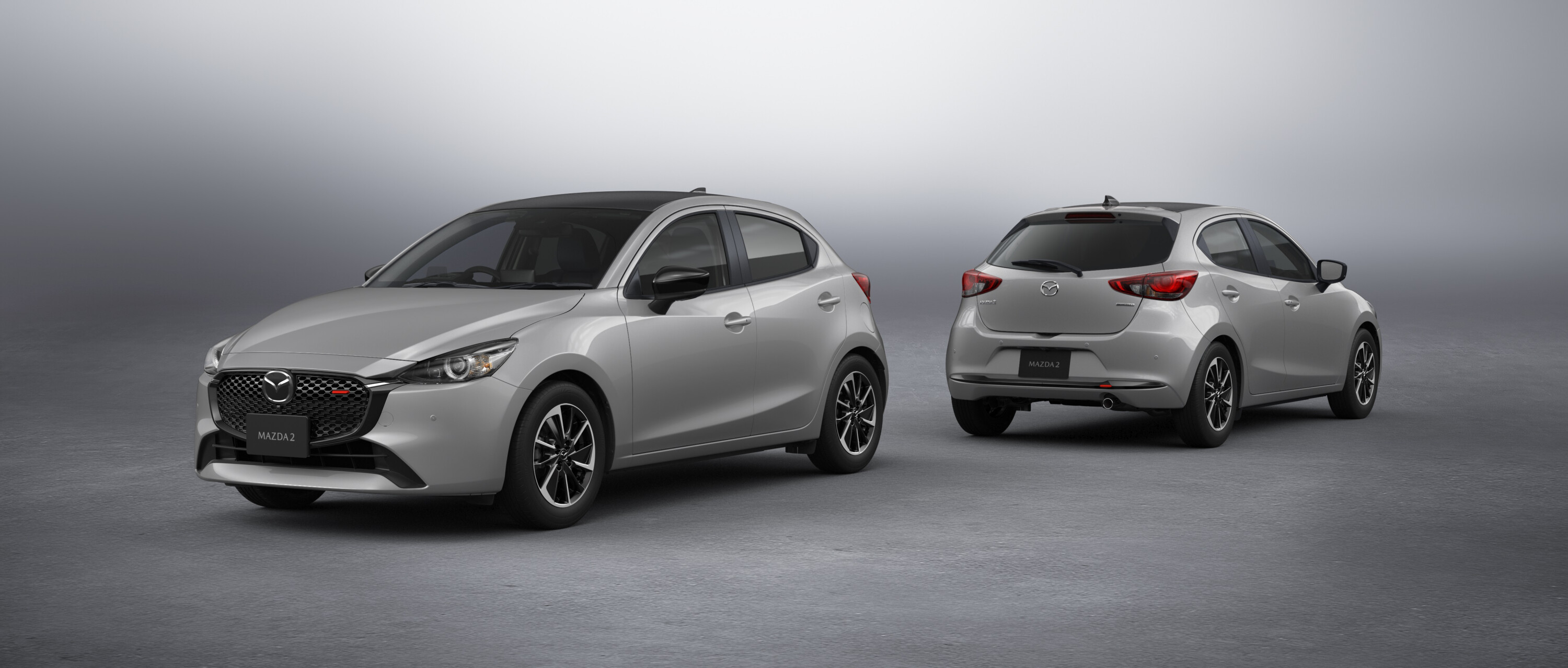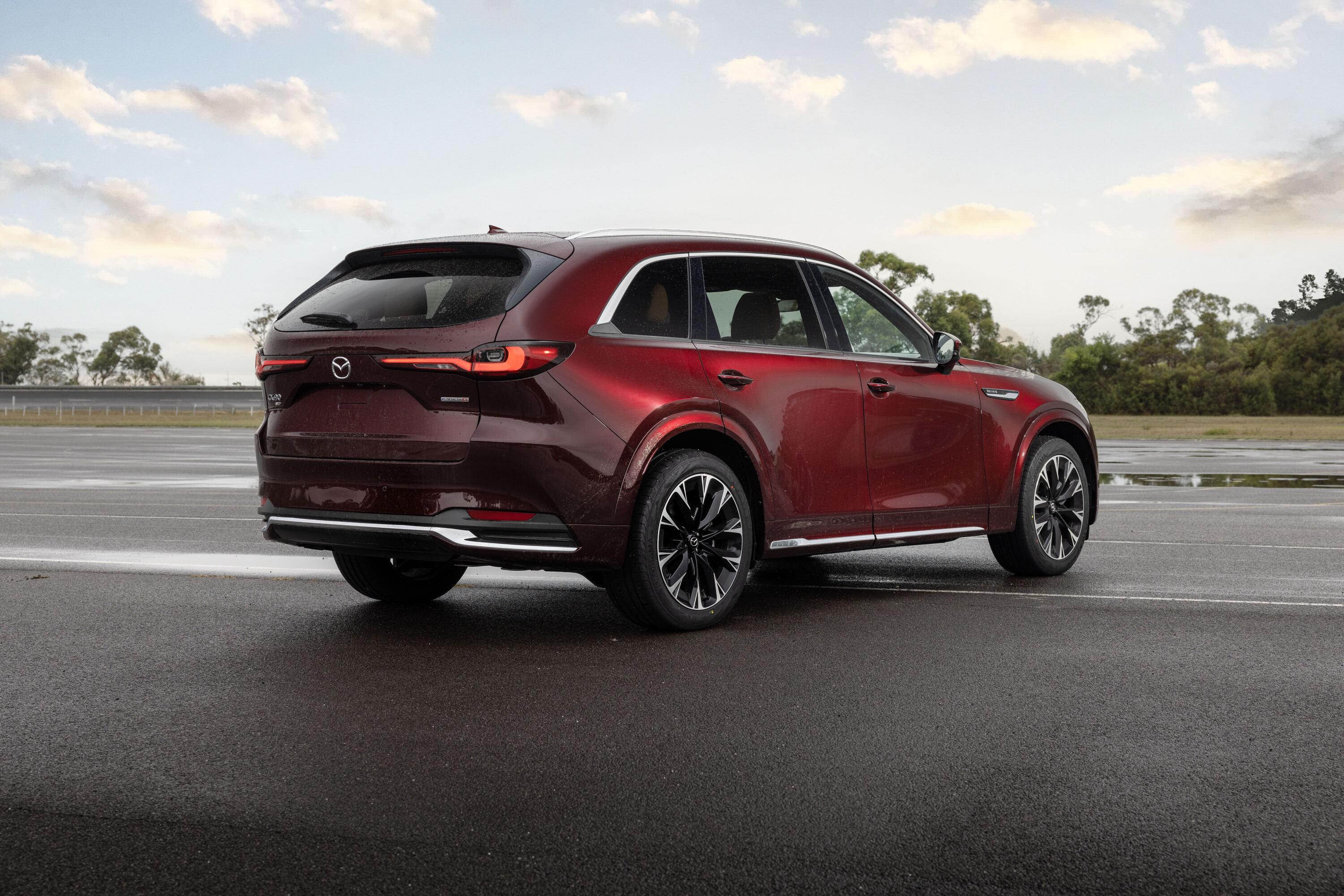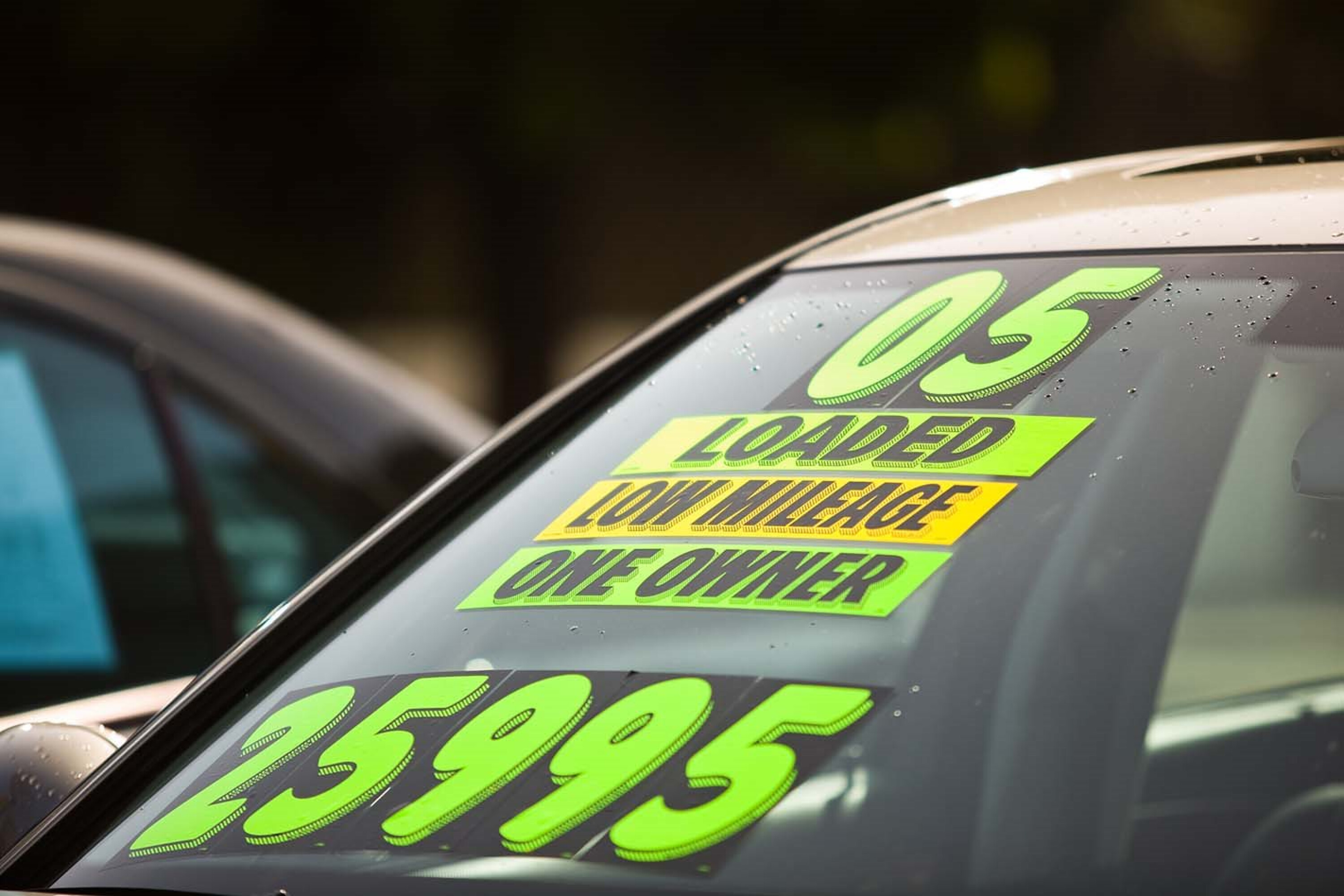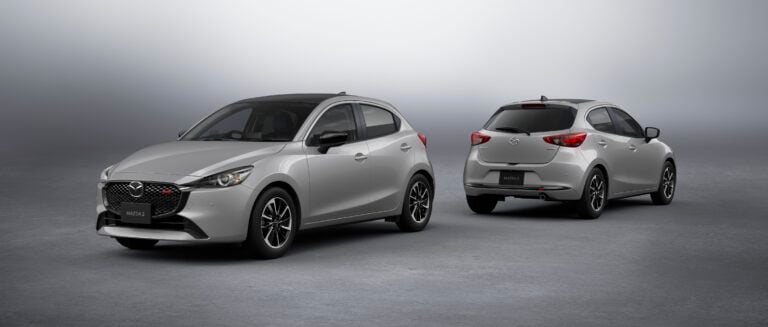If you’ve had the sense that cars have been steadily becoming less and less affordable in recent times, you’re not wrong.
Back in 2017, punters could buy a base model Mazda 2 Neo hatch for $14,990 – $16,990 if they wanted the six-speed automatic rather than the standard six-speed manual. Fast-forward to 2023 and the manual-equipped Mazda 2 Pure is now the entry point to Mazda ownership, yet its window sticker has swelled to $22,410.
Granted, the present-day Mazda 2 Pure is more akin to the 2017 mid-spec Mazda 2 Maxx grade (the addition of smartphone mirroring being one of few features that are truly new for the Pure), but the Maxx retailed at $17,690 as a manual: so why has the price leapt by nearly five thousand dollars?

Customer demand for greater creature comforts and safety equipment has seen ultra-basic ‘stripper spec’ models deleted from most model lines
It’s not just Mazda either. Prices have been migrating upward at an accelerated rate across all brands, and that’s before we even get into opportunistic dealers and speculators taking advantage of pandemic-induced scarcity.
Inflation is naturally a part of it. Customer demand for greater creature comforts and safety equipment has seen ultra-basic ‘stripper spec’ models deleted from most model lines, but that doesn’t explain the price jumps for higher-grade models.
Rather, the reason why price rises for the Mazda 2 – and pretty much every other car – have substantially outpaced inflation is largely down to two factors: the price of steel and the cost of energy.

“When you think about affordability in recent times, there’s a lot of talk about inflation driving it,” explained Mazda Australia managing director Vinesh Bhindi.
“But when you look at a motor vehicle, two of the biggest inputs are metal – as iron ore prices go up Australia benefits on the export, but the amount of steel that goes into a car is at a higher price so that drives prices up.”
“The second is well documented – energy,” Bhindi continued. “With the dramas of the war in Europe, and how that has disrupted energy demand around the globe, that’s another big increase, and the amount of energy that goes into [car] production… again that drives prices up.”
The data backs up these claims. After a long period of generally stable prices for hot-rolled coil steel (HRC, the primary type of steel used in vehicle manufacturing), prices leapt by around 30 percent between the end of 2017 and mid-2018.
HRC settled to its usual level a year and a half later, but that stability only lasted around eight months before the vital commodity quadrupled in price between August 2020 and August 2021.
It should go without saying that a four-fold increase in the cost of the most critical metal in vehicle manufacturing is going to lead to more expensive cars and SUVs.

HRC has since come off its historic high, but it’s still trading at roughly double its pre-pandemic price.
With the production process introducing some lag (the cost of the steel in a car rolling off the production line today is not going to be the same as the spot price for that raw material), it may be a while before consumers see the effect of cheaper steel – but according to Mazda’s local chief any reduction in production costs will likely be exploited by brands looking to secure a competitive advantage.
“If you think about the number of brands in Australia, 60-plus competing for a market of 1.1 million cars… as soon as competitive pressure comes alive, any advantage you can get from pricing reductions due to energy and materials will flow through. But time-wise, it’s anybody’s guess.”






